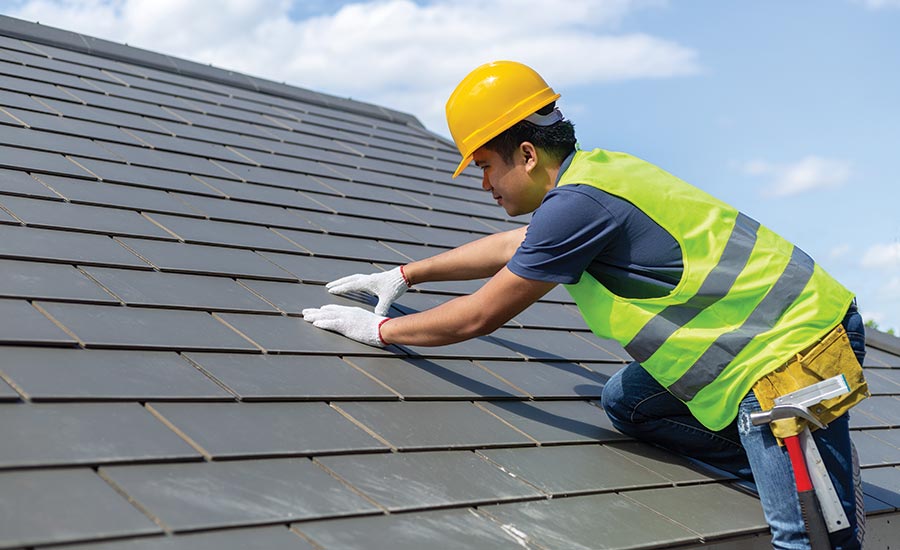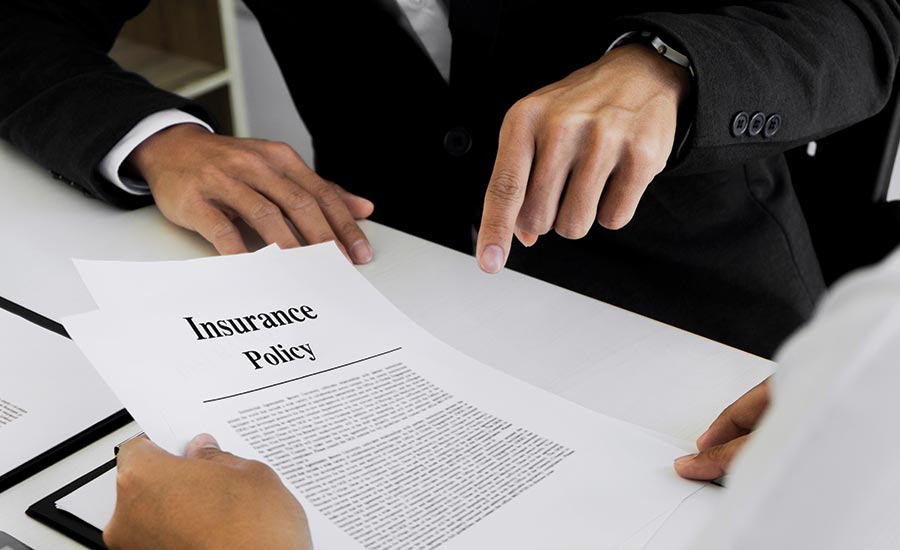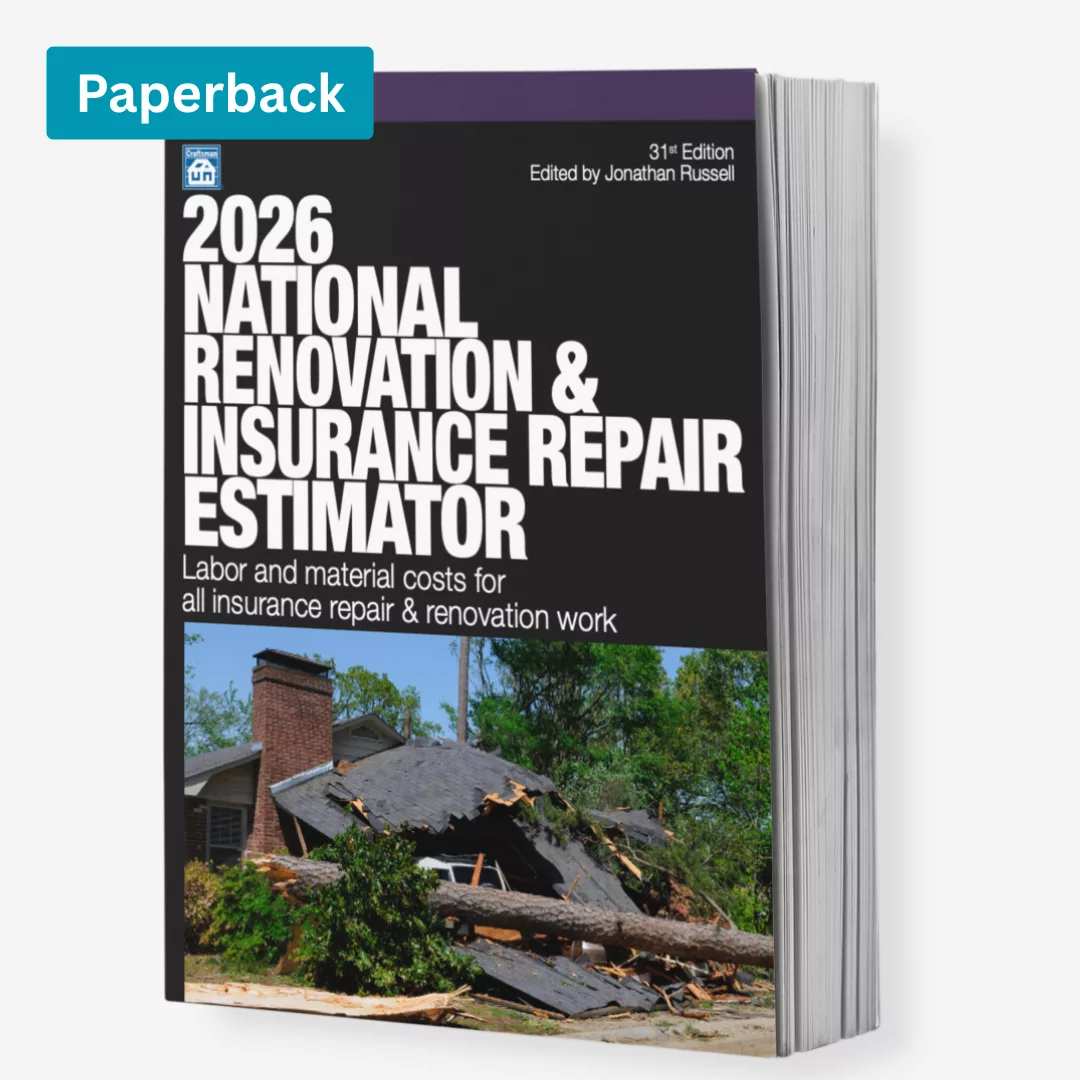Changes in the Insurance Business That Will Affect You In 2020

The fortunes of every restoration firm are inextricably linked to the fortunes of insurance companies.
Restorers are affected by insurance companies in both how they are paid for the work they do and how much the restorer pays for business liability insurance.
For 2020 expect:
- Enhanced insurance requirements designed to prevent restoration firms from being uninsured for their indemnity obligations.
- There will be much more specific requirements for Additional Insured coverage coming from the direct repair networks.
- A crack down from the direct repair networks on compliance with their insurance specifications.
- More red-light situations with direct repair networks will develop as the compliance crack downs reveal coverage flaws in the insurance policies historically sold to restorers.
- Significant rate increases on business automobile policies.
- Significant rate increases on roofing and build back revenues.
- Nonrenewal of existing General Liability policies as the incumbent insurance companies realizes that it must be the insurance company for another insurance company under the indemnity obligations of master services agreement in direct repair networks.
- Insurance companies abandoning the restoration contracting class of business in the face of rapidly deteriorating loss results.
As one would expect reading the above trends, the insurance companies specializing in insuring restoration firms are hurting for reasonable profits due to more natural weather events, incorrect ratings models, a rise in liability claims, and a slew of other reasons. That is forcing the managers of those companies to non-renew what the manager perceives as undesirable businesses. Some insurance companies are even exiting the entire class of business by issuing nonrenewal notices across the board if a firm is in the restoration business. We have not seen that happen since 2004.
We see the effects of these trends every day in our business as insurance brokers specializing in restoration contractors. If I look back at the hot insurance companies focusing on insuring restoration firms in 2012, only two are in the active insurance market for restorers today. Both companies are re-underwriting their book of business and adjusting their rating models used to determine the right premium to charge. Everyone else in the business of insuring restoration firms in 2012 either has or is bailing out.
However, contractors can still find coverage from new insurance suppliers. For every insurer that runs from restorers like a dog with its tail between its legs, there is a new entry into the marketplace. There are still price bargains to be found from the new entries looking to create a footprint in the restoration business. The new entries into the market are usually not privy to the fortunes of the insurance companies that preceded them. They charge less than the insurers that were forced to abandon the restoration class of business. There is no reason to believe the new insurance companies will be more successful than the ones running away.
Meanwhile, a handful of insurance companies are still in the game and are simply raising their premiums to cover the losses being paid.

Build-back & Roofing
The biggest rate increases coming down the pike recently have been for any restorer doing build-back work or roofing. The reason for that is the specialty insurance companies were charging, for example, a $4 rate, when the industry standard rating models said $7 to $10 was the right number. In roofing, the discrepancy was even worse - $4 compared to $20-$25. As the surviving insurers rationalized their pricing based on insurance industry rating guidance, restorers with significant amounts of build-back and roofing are seeing big rate increases or are dealing with non-renewed insurance.
In the group of stable insurance suppliers, the premium increases are usually held below 15%. However, on one heavy roofing restorer, the premium increase for General Liability insurance was 700%. But he had a steal of a price from as really naive insurance underwriter before. Those always get non-renewed. Even at 700% rate increase, he was still in the peer group.
One thing I tell my staff is the very best insurance deals come from the very dumbest underwriters; the only problem is they are not duplicatable and they usually end up with major issues in the event of a claim.

TPAs are Tightening Requirements
My observation on the direct repair networks tightening up their insurance requirements and clamping down on insurance certificate fraud may seem as an outlier to the rest of the discussion. But for the half of all restorers that are in one or more direct networks, this is a big deal. When a restorer enters into a direct network, the restore agrees to pay the network and sometimes the clients of the network (insurance companies) for all claims for damages arising from the contractor’s operations at the job site. The networks have well-designed insurance requirements intended to make sure the restorer has insurance to back up the obligation to pay all damages arising from their work on a project.
In the face of insurance availability issues for restoration firms due to the bad loss experience across the board, direct repair networks are actually looking for real insurance that will work to protect them in the event of a claim against the network and their clients. Now, they are asking for proof of insurance.
The sad reality is nine out of 10 of the liability insurance policies sold to restorers do not meet the insurance requirements of the five largest direct repair networks. Fraudulent certificates of insurance, which are intended to deceive the reader, are less likely to make it through the approval process at some of the networks in 2020. That means the contractor will be red-lighted for new work until insurance issues are fixed, which could be several weeks.
The best way to avoid problems with insurance specifications in your contracts is to provide your insurance agent with all of the insurance and indemnification agreements in your contracts. Never just send a sample insurance certificate for your agent to complete.
If the Additional Insured endorsement on your General Liability or Contractors Pollution Liability policy requires you to be performing operations, at the location of the Additional Insured (the network and the insurance companies it serves), that will be trouble for you in 2020. Most insurance agents don’t understand you are never performing operations for the network at their office and you are not working for the insurance company paying for your work through the property owner.
If you do not supply your agent with the complete set insurance requirements from the network, you could find yourself being totally uninsured when either the network or the clients of the network demand you stand behind your contractual obligation to indemnify them on claims for damages to property or people that arise from your job sites.
Value of the Right Coverage
A restoration contractor hired a subcontractor to repair a hail-damaged roof. A rainstorm was projected to hit the area within an hour, so the restoration contractor’s project supervisor rushed to the site and asked the roofing crew to tarp up the open roof and get off the roof prior to the rain beginning. After the supervisor left, all but one of the subcontractor’s employees followed the supervisor’s instructions to get off the roof. The rain came, and that one subcontractor employee and father of four fell, broke his neck, and is now a quadriplegic.
That tragic loss scenario actually happened to one of our insured contractors; it is a $12 million claim affecting the subcontractor, our restoration general contractor, the property owner’s insurance company, and a direct repair network.
One of the lawsuits alleges that the property owner’s insurance company is responsible for the injuries because it was the property owner’s insurance company that recommended the direct repair network and it was the direct repair network that sent the restoration firm to the roofing project. The allegation is all of these parties should have acted to assure the worker had a safe place to work. The allegations of an unsafe workplace are designed to enable the injured man to collect for damages outside of Workers Compensation. Therefore, all of the above parties are responsible to pay for the damages to the injured employee and those claims are part of the General Liability insurance coverage.
Because of the indemnification agreements in the contracts between the restorer, the direct repair network, and the network’s insurance company client, all eyes are on the restoration firm to stand behind the indemnity agreement in the direct repair network’s contract. The restoration firm must indemnify the network and its client with or without liability insurance to pay.
Neither the network nor its insurance company clients want a restoration firm to be uninsured for that indemnity obligation. That is why the network’s contract with the restorer requires that the network be an Additional Insured on the restorer’s insurance policies. But here is where things fall apart on the typical insurance policies. On the restorer’s insurance, was the contractor performing operations for the network and its insurance company client? No! The restorer was working directly for the property owner. Therefore, the blanket Additional Insured coverage in the contractor’s liability insurance policies will not provide coverage for the restorer facing the $10,000,000 loss on a $10,000 roofing project. That liability scenario sounds totally unfair, but it is a reality in this actual claim against an ARMR client, and it is a reality on every project conducted under a direct repair network.
The good news is the liability insurance policies that cover these kinds of loss exposures are required by the direct repair networks insurance specifications, and those functional insurance policies do not cost more than the nonfunctional ones. Our client is covered by his liability insurance policies because we anticipated the coverage glitches in off the shelf Additional Insured endorsements and corrected them.
In 2019, there was 300% increase in indemnity claim against restorers. That one claim above likely wiped out all the insurance company’s profits derived from insuring restoration contractors for the past five years. It is no wonder insurance companies are dropping like flies out of the restoration contracting insurance market.

Solutions
The restorers most exposed to these trends have their General Liability insurance in a different insurance company than their Contractors Pollution Liability insurance policy. That situation almost always guarantees problems with actually complying with the insurance requirements of direct networks. That is not to say it is impossible to get that insurance program design to comply with the insurance requirements of networks, but it is a sign there is work to be done to do it. It usually takes three weeks to fix a faulty insurance design, so start on the fix early.
There is some stability to be found in the insurance companies specializing in restoration contracting. They will almost always sell a combined General Liability and Contractors Pollution liability policy. Although these policies are subject to rate increases for 2020 especially in the build-back and roofing areas, at least most of them fulfill the insurance requirements for the Additional Insured’s.
This will be a challenging year for insurance in the restoration business. My advice is to plan ahead. Four months prior to renewal is not too far out to be getting a second opinion on if your current insurance policies are going to meet your needs at the renewal date.
If you work for a direct network, that network can refer you to an insurance professional who is familiar with the network’s insurance requirements. Or my staff at American Risk Management Resources Network can usually figure out in a matter of minutes if an insurance program design will meet common insurance specifications of multiple direct repair networks on a restoration firm.
Looking for a reprint of this article?
From high-res PDFs to custom plaques, order your copy today!









